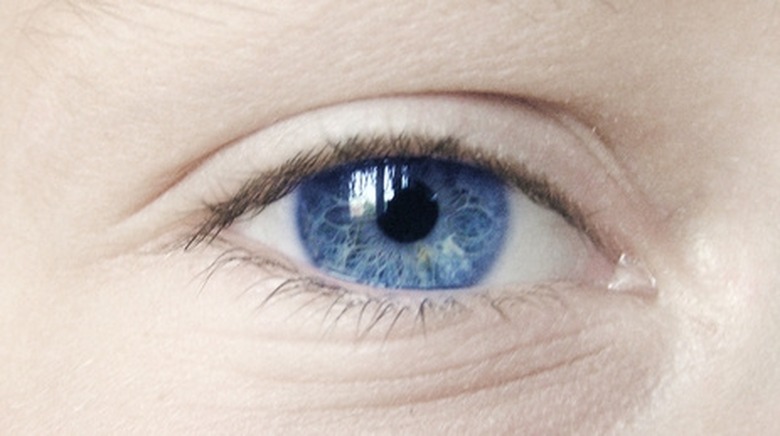Infrared Vs. Visible Light
All forms of light are electromagnetic waves. The color of light depends on the wavelength. Infrared (IR) light has longer wavelengths than visible light.
The Electromagnetic Spectrum
The Electromagnetic Spectrum
The electromagnetic spectrum comprises all wavelengths of light from the very short (gamma rays) to the very long (radio waves). Both visible and IR light are near the middle of the spectrum.
Wavelength
Wavelength
The wavelength of an electromagnetic wave is the distance between peaks (or troughs) of the wave. IR radiation has longer wavelengths than visible light.
Frequency
Frequency
The frequency of a wave is a measure of how many times the wave oscillates between its minimum and maximum amplitude in one second. The frequencies of IR waves are less than the frequencies of visible light.
The Visible Spectrum
The Visible Spectrum
The visible spectrum consists of electromagnetic radiation that can be detected by the human eye. This includes wavelengths from about 380 to 700 nanometers (nm).
IR Radiation
IR Radiation
IR radiation consists of electromagnetic waves that are too long to be detected by the human eye. These wavelengths are from about 700 nm to 1 mm.
Thermal Radiation
Thermal Radiation
IR radiation is called thermal radiation because it causes heating of materials it strikes or passes through.
References
Cite This Article
MLA
McIntosh, Philip. "Infrared Vs. Visible Light" sciencing.com, https://www.sciencing.com/infrared-vs-visible-light-5348531/. 24 April 2017.
APA
McIntosh, Philip. (2017, April 24). Infrared Vs. Visible Light. sciencing.com. Retrieved from https://www.sciencing.com/infrared-vs-visible-light-5348531/
Chicago
McIntosh, Philip. Infrared Vs. Visible Light last modified March 24, 2022. https://www.sciencing.com/infrared-vs-visible-light-5348531/
